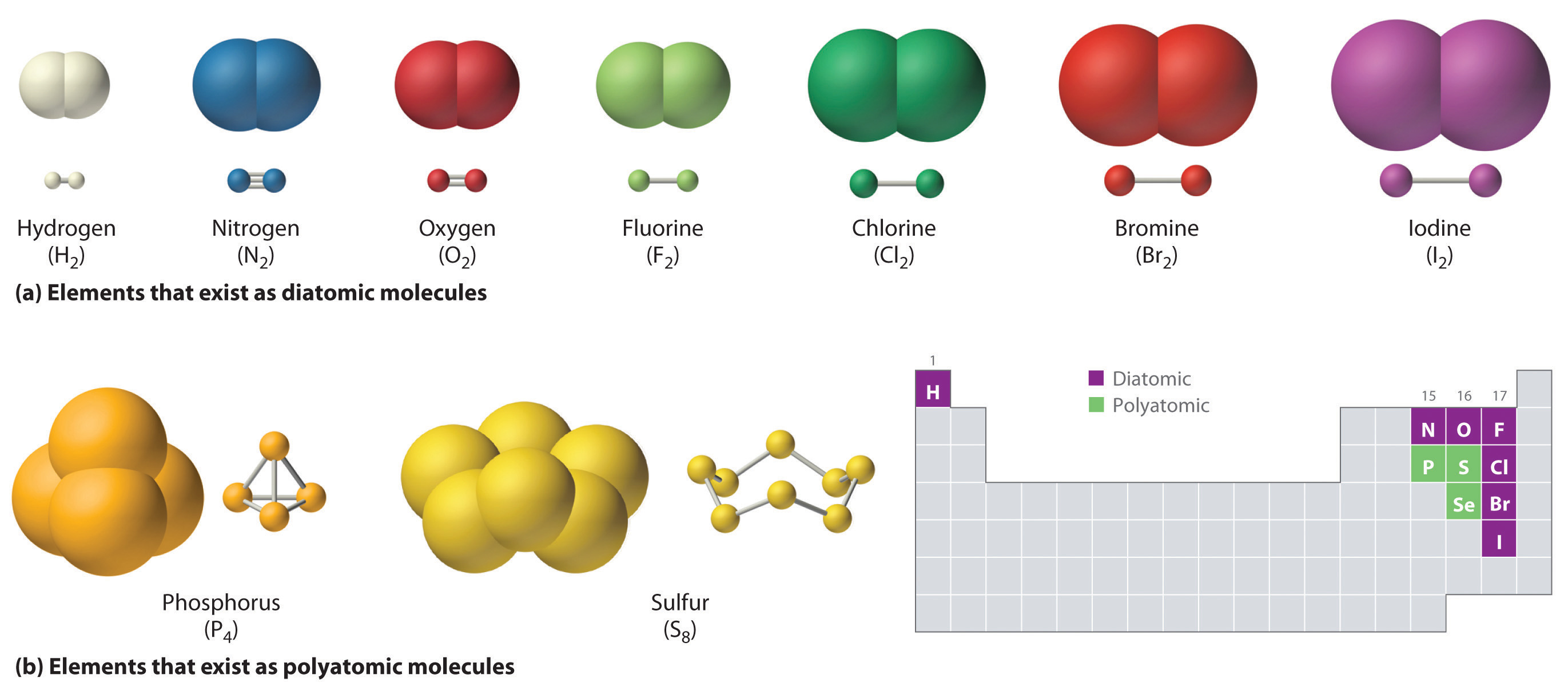What Elements Form Covalent Bonds
What Elements Form Covalent Bonds - Predict which forms an anion, which forms a cation, and the charges of each ion. A pair of oxygen atoms can form an o 2 molecule in which each atom has a total of eight valence electrons by sharing two pairs of electrons. Magnesium and nitrogen react to form an ionic compound. Covalent bonds form when electrons are shared between atoms and are attracted by the nuclei of both atoms. Maximum stability occurs when atoms achieve the nearest noble gas configuration. Learn what a covalent bond is, how it is formed, and what properties and characteristics it has. Covalent bonds form when two or more nonmetals combine.
See examples of covalent compounds and the types of covalent bonds based on the number. Which kind of element forms covalent bonds? Covalent compounds are formed by sharing electrons between atoms. A pair of oxygen atoms can form an o 2 molecule in which each atom has a total of eight valence electrons by sharing two pairs of electrons.
Covalent compounds are formed by sharing electrons between atoms. What forces hold covalently bonded atoms together? Learn what a covalent bond is, how it is formed, and what properties and characteristics it has. Learn about the history, types and structures of covalent bonds, and see. Covalent bonds form when electrons are shared between atoms and are attracted by the nuclei of both atoms. A pair of oxygen atoms can form an o 2 molecule in which each atom has a total of eight valence electrons by sharing two pairs of electrons.
Each oxygen atom forms a double bond with carbon, so the molecule contains two sets of double bonds. Covalent bonds form when two or more nonmetals combine. Se 2−, the selenide ion. A covalent bond is formed between two atoms by sharing electrons. Magnesium and nitrogen react to form an ionic compound.
Covalent bonds form when two or more nonmetals combine. Covalent bond formation occurs between the valence electrons of two atoms. In pure covalent bonds, the electrons are shared equally. Covalent bonds form when electrons are shared between atoms and are attracted by the nuclei of both atoms.
In Carbon Dioxide (Co2), There Are Two Oxygen Atoms For Each Carbon Atom.
Covalent bonds form when two or more nonmetals combine. Which kind of element forms covalent bonds? Learn what a covalent bond is, how it is formed, and what properties and characteristics it has. Se 2−, the selenide ion.
Predict Which Forms An Anion, Which Forms A Cation, And The Charges Of Each Ion.
Covalent bond formation occurs between the valence electrons of two atoms. Maximum stability occurs when atoms achieve the nearest noble gas configuration. Atoms share electrons and form covalent bonds to satisfy the octet rule. Magnesium and nitrogen react to form an ionic compound.
Learn What Covalent Bonds Are, How They Form, And What Types Of Covalent Bonds Exist.
Write the symbol for each. Give two reasons for this. Covalent bonds are formed between two atoms when both have similar tendencies to attract electrons to themselves (i.e., when both atoms have identical or fairly similar ionization. As a general rule, covalent bonds are formed between elements lying toward the right in the periodic table (i.e., the nonmetals).
Learn About The History, Types And Structures Of Covalent Bonds, And See.
A pair of oxygen atoms can form an o 2 molecule in which each atom has a total of eight valence electrons by sharing two pairs of electrons. What elements make covalent bonds? Each oxygen atom forms a double bond with carbon, so the molecule contains two sets of double bonds. What forces hold covalently bonded atoms together?
Which kind of element forms covalent bonds? Magnesium and nitrogen react to form an ionic compound. In carbon dioxide (co2), there are two oxygen atoms for each carbon atom. As a general rule, covalent bonds are formed between elements lying toward the right in the periodic table (i.e., the nonmetals). Learn about the history, types and structures of covalent bonds, and see.







